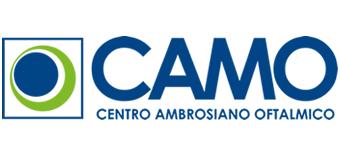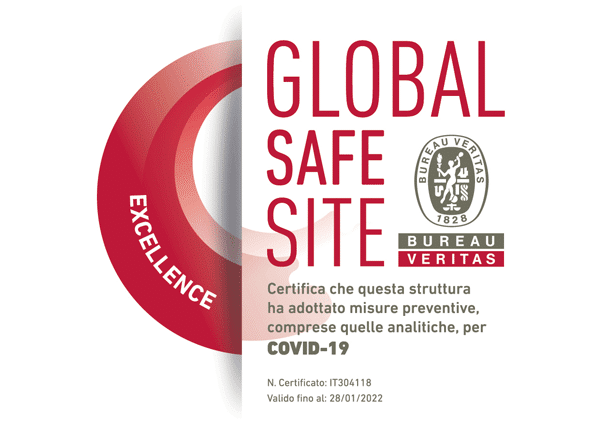Phacoemulsification
The technique of phacoemulsification involves the removal of the opaque crystalline lens using ultrasound waves to split the clouded lens into fragments. In order to correctly focus light rays on the retina and allow the patient to see clearly, a new artificial lens must be inserted inside the eye to replace the opaque crystalline lens removed in fragments following phacoemulsification: the artificial crystalline lens (or intraocular lens).
Phacoemulsification is mostly used for the cataract removal and the treatment of presbyopia.
At the time of writing, in excellence centers such as CAMO, a femtosecond laser procedure precedes phacoemulsification.
The advantages of phacoemulsification associated with the femtosecond laser are:
- The technique is safer and more precise;
- The procedure lasts a maximum of 20 minutes;
- It is painless;
- Healing is extremely quick;
- Sight recovery is very rapid;
- In the majority of cases, the operation is performed under topical anesthesia (eye drops);
- Sutures are not necessary;
- Hospital admission or patient immobilization are not required, the patient will be able to return home on the same day as surgery.
- Following surgery, the eye is rarely covered with a patch and when a patch is required, the patient wears it for just one day.



